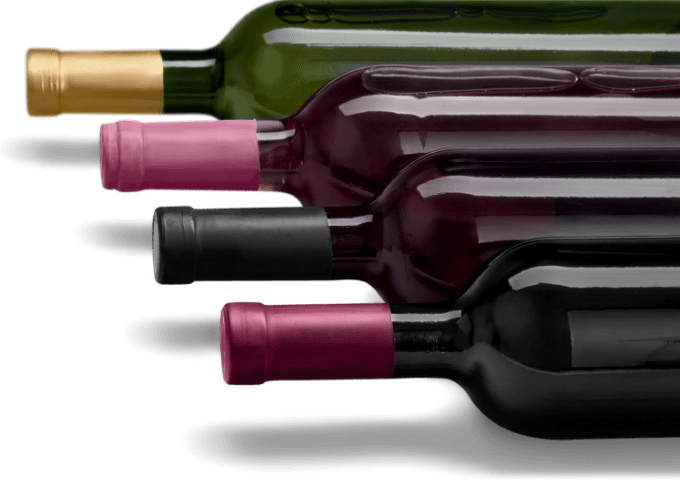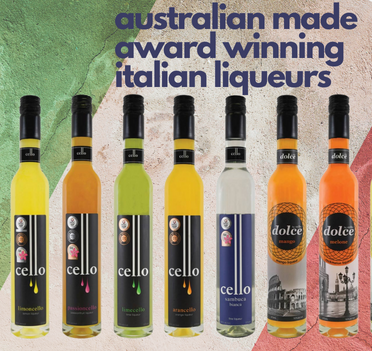Top rated

Wine 101: Differences Between A Red Table Wine And A Red Dessert Wine
Wine is an alcoholic beverage that is enjoyed by many people around the world. There are many different types of wine, each with its own unique flavour, aroma, and characteristics. Among these different types of wine, red table wine and red dessert wine are two of the most popular and commonly consumed varieties. While they are both made from red grapes, they are different in terms of their flavour, production process, alcohol content, and serving recommendations.
Red table wine is a type of wine that is intended to be consumed with meals. It is a dry wine that is meant to complement food and enhance the overall dining experience. Red table wines are typically made from a variety of grapes including Cabernet Sauvignon, Merlot, Pinot Noir, and Syrah/Shiraz. These grapes are known for their medium to full-bodied flavour, which can range from fruity to spicy to earthy. The flavour profile of a red table wine can also be influenced by the specific climate and soil conditions in the area where the grapes are grown.
The production process for red table wine involves fermenting crushed grapes, which results in the conversion of sugar into alcohol. The wine is then aged in barrels made of wood, such as oak, which can impart additional flavours and aromas. The aging process can take anywhere from several months to several years, depending on the type of wine being made. Once the wine is fully aged, it is bottled and ready for consumption.
In terms of alcohol content, red table wines typically have an alcohol by volume (ABV) of around 12-14%. This makes them a good choice for consuming with meals, as they are not too strong and will not overpower the flavours of the food. Red table wines are also typically served at a temperature of around 60-65°F, which allows the wine to express its full range of flavours and aromas.
On the other hand, red dessert wine is a type of wine that is meant to be consumed on its own or as an accompaniment to dessert. Unlike red table wine, red dessert wine is a sweet wine that is characterized by its high sugar content and low alcohol content. Red dessert wines are typically made from grapes that are left to hang on the vine for an extended period of time, allowing the grapes to become overripe and develop a high sugar content.
The production process for red dessert wine is similar to that of red table wine, with the exception that the wine is often fortified with brandy during the aging process. This fortification increases the alcohol content of the wine, making it a better match for the rich and sweet flavours of dessert. The wine is then aged in barrels, which can impart additional flavours and aromas.
In terms of alcohol content, red dessert wines typically have an alcohol by volume (ABV) of around 10-12%. This makes them a good choice for consuming with dessert, as they are not too strong and will not overpower the flavours of the food. Red dessert wines are typically served at a temperature of around 15°C, which allows the wine to express its full range of flavours and aromas.
One of the most notable differences between red table wine and red dessert wine is their flavour profile. Red table wine is typically dry, with a medium to full-bodied flavour that can range from fruity to spicy to earthy. Red dessert wine, on the other hand, is sweet and has a rich and luscious flavour that can range from fruity to nutty to caramel-like. This flavour profile makes red dessert wine a good match for rich and sweet desserts, such as chocolate cake or tiramisu.
Another difference between red table wine and red dessert wine is their tannin content. Tannins are naturally occurring compounds found in grapes and are responsible for giving wine its astringent, bitter, and drying qualities. Red table wines are typically made from grapes that have a higher tannin content, which provides a sturdy structure to the wine and makes it a good match for bold and flavourful dishes. On the other hand, red dessert wines typically have a lower tannin content, as the high sugar content of the wine helps to balance out the tannins and create a smoother, sweeter taste.
Additionally, the serving recommendations for red table wine and red dessert wine are different. Red table wine is typically served with meals and is meant to complement and enhance the flavours of the food. It is best enjoyed with bold and flavourful dishes, such as steak or hearty stews, as the wine's structure can stand up to the robust flavours of the food. Red dessert wine, on the other hand, is typically served as an accompaniment to dessert and is meant to balance and complement the sweet flavours of the dessert. It is best enjoyed with rich and sweet desserts, such as chocolate cake or fruit tarts.
Red table wine and red dessert wine are two distinct types of wine that offer different flavour profiles, production processes, alcohol content, and serving recommendations. While both are made from red grapes, red table wine is a dry wine meant to be consumed with meals, while red dessert wine is a sweet wine meant to be consumed with dessert. Understanding the differences between these two types of wine can help you make informed choices and fully enjoy the wine-drinking experience.
























































 Login with Google
Login with Google
